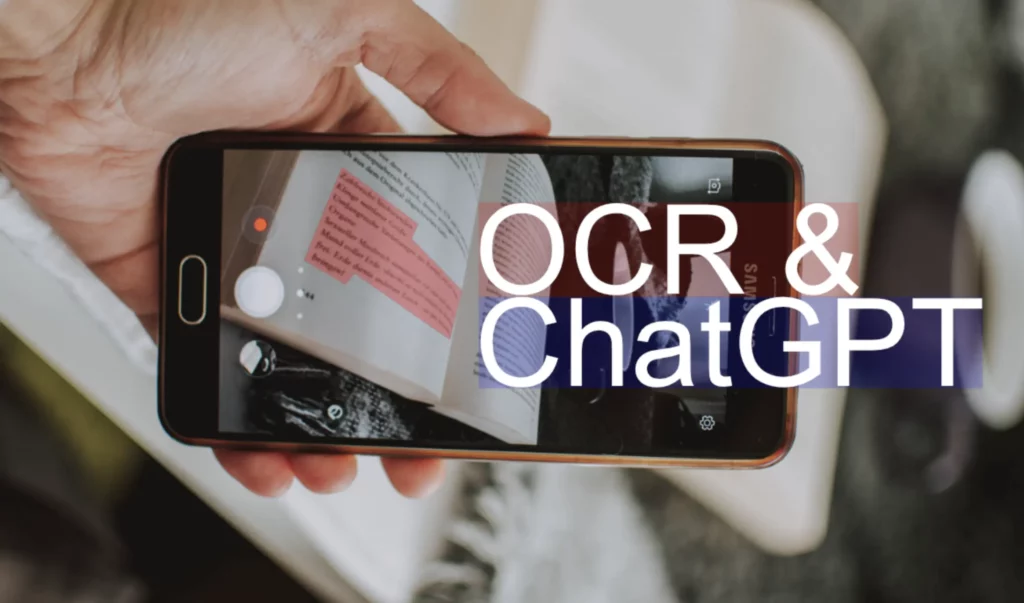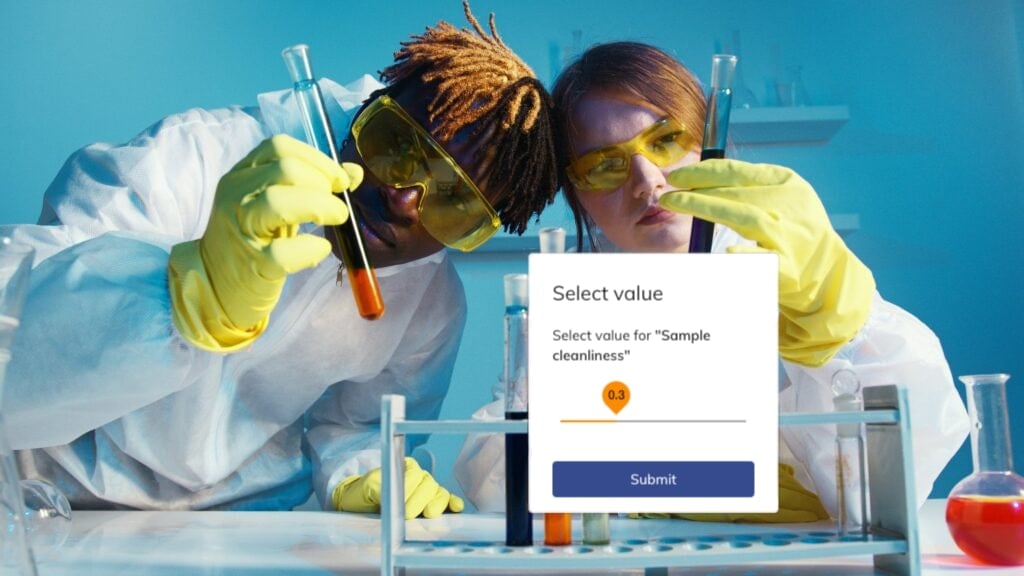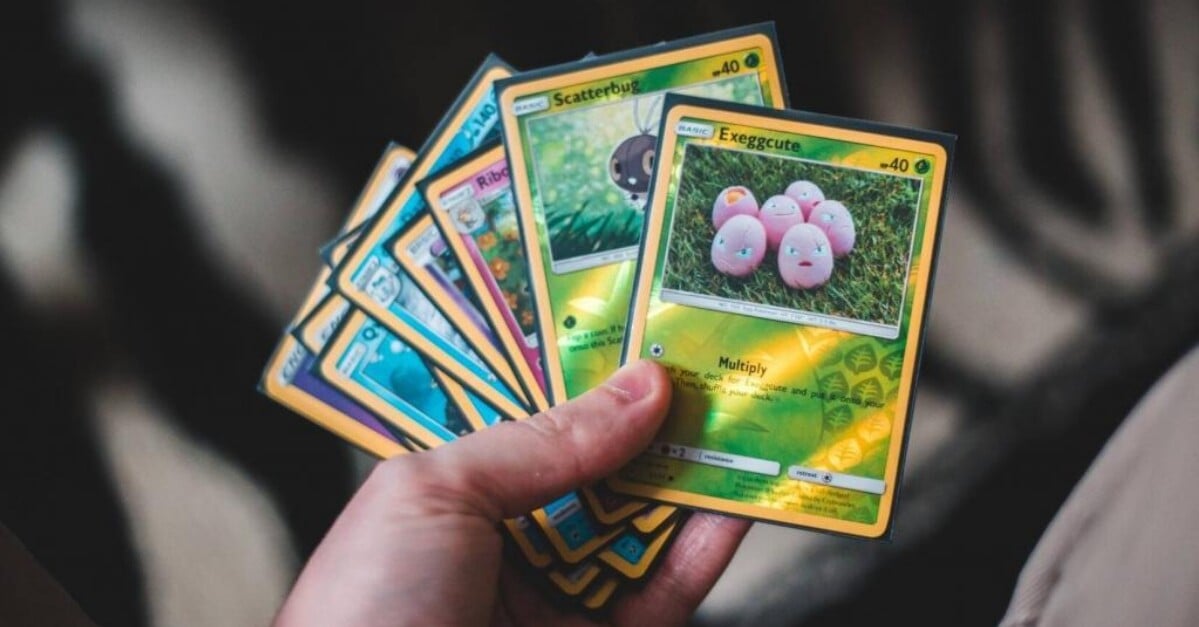Computer Vision Platform






I want to:
Image Classification

CATEGORIZATION & TAGGING
Train Your Own Visual AI
Define your own categories & tags, link them to training images, and train custom image recognition models.
Automate all image classification with computer vision: tagging, sorting, filtering, and even quality control or recommendations of the items or images from your collection.

DELEGATE ROUTINE TASKS TO AI
No-Code Machine Learning
Working with Ximilar computer vision platform doesn’t require coding skills. You easily train & chain your models with a few clicks.
AI running on Ximilar cloud processes large volumes of data 24/7. You can connect via API and integrate both ready-to-use and custom models into your system.
Start now for free
Enrich
your data with detailed information

Delegate
routine tasks to consistent AI

Save
time and resources with automation
WHAT IS CATEGORIZATION?
Assign a category to each image
Image categorization assigns each image a category, such as a maxi dress or midi dress. The categories are visually distinctive, and each image belongs only to one category.
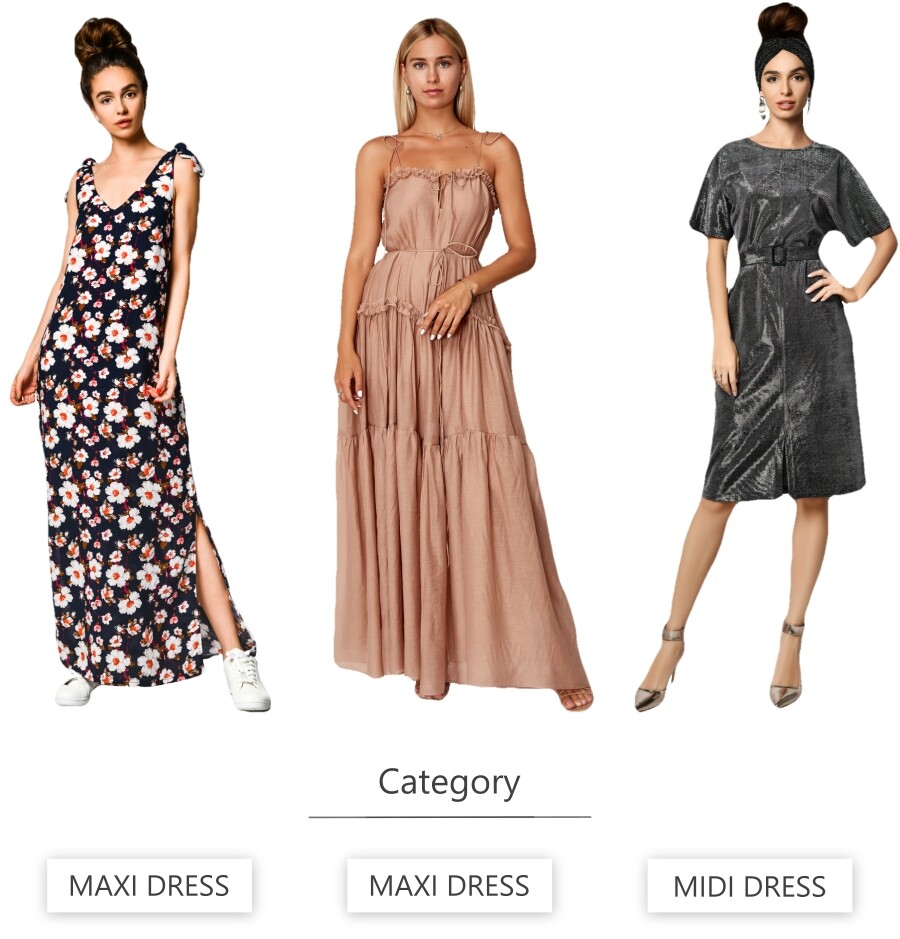
WHAT IS TAGGING?
Tag every image with many tags
Define a set of tags for the features & objects that should be recognized in your images, and train a custom tagging model able to provide tags for each image in your collection.
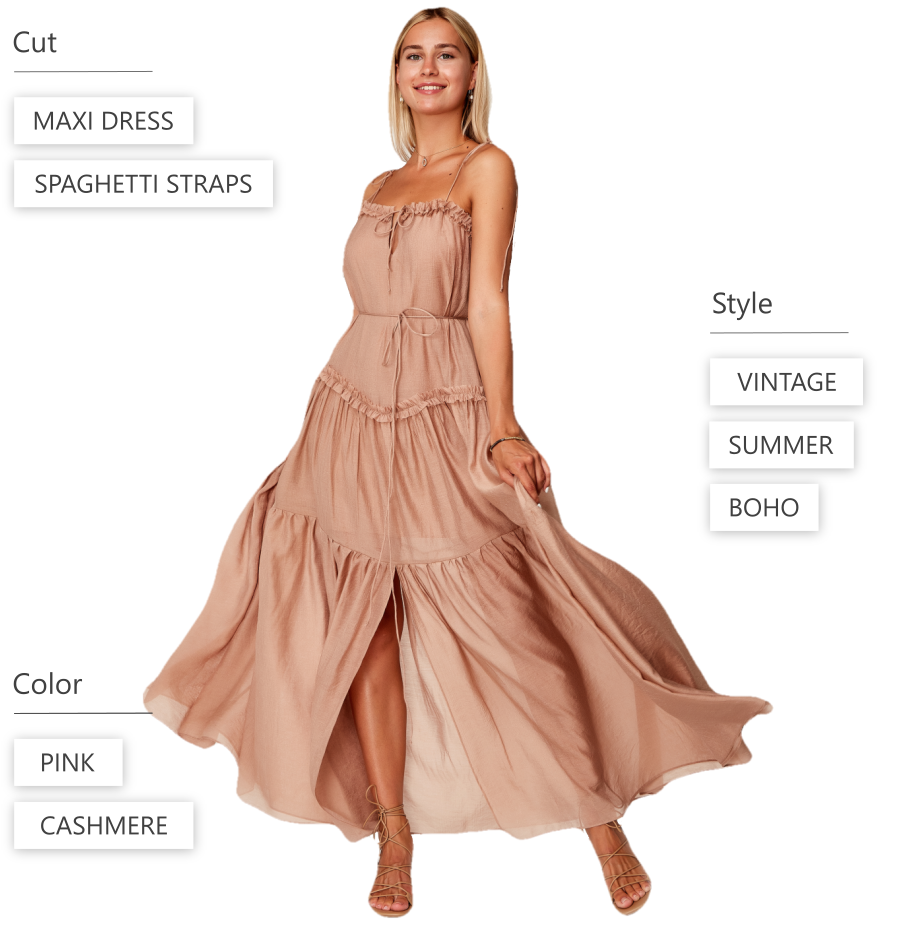
Skip the setup with ready-to-use solutions
Check out our solutions for fashion, home decor, collectibles, and more.
They can be used right away or combined with custom models.
Image Regression

IMAGE REGRESSION
Automatic Prediction of Size, Age, or Rating From Images
The image regression predicts numerical values within a defined range from your images. It is used in quality control, and to estimate values such as age, size, worn-out level, or rating.
You can train regression models under Image Classification in our App (create a new task: regression). We can also build a value prediction system tailored to your use case.
How to use image regression?Object Detection

OBJECT DETECTION
Train AI to Spot Any Object
Train custom object detection models to identify any object, such as people, cars, particles in the water, imperfections of materials, or objects of the same shape, size, or colour.
Object detection can work both independently or combined with other tasks, such as automatic tagging.
How to train an object detection model?Q & A
How do I prepare the training data?
The training of object detection models requires bigger datasets and more training time. It begins with data annotation – the manual marking of objects with bounding boxes. You can use the same dataset as for Categorization & Tagging model training.
Q & A
How do you work with my data?
During the training of custom image recognition models, your annotated images are divided into two groups. Apart from the training set, there is a smaller validation set, which is used to evaluate the accuracy of the model before the deployment. You can also upload another independent test set.
Data Annotation Tools

App
You can annotate your training images directly in Ximilar App, where you train the models.
Sign up for free
Annotate
Level up your data annotation work with a professional tool for quick annotation in a team.
Read moreFlows: Combine Your Models

MODELS WORKING TOGETHER
Divide Complex Problems Into Simple Tasks
With Flows, the machine learning models can be combined and chained in a sequence.
Each image travels through the sequence of your models until it is properly processed and tagged. Based on Flows, you also get suggestions when annotating the images.
How to use Flows?
ENDLESS POSSIBILITIES
Change & Modify Your Tasks Anytime
- Combine custom & ready-to-use solutions
- Re-train, add or remove any unit
- Recognize only the detected objects
- Call more tasks (models) in one API call or multiple recognition tasks in parallel
- Add endless nested flows into a primary flow
- Use one flow in several places
Build rich hierarchy
Define a flow with a few clicks, then use it for both training & automation
Play with the features
Add, remove, or change components, duplicate & modify your flows
Make changes on the fly
Flow structure handles any changes to both dataset and connected models
EXAMPLE: REAL ESTATE
Conditional image processing
Imagine you are building a real estate website. The first models in your flow can filter out all images that don’t meet certain selection criteria. In this case, it would be the pictures without any real estate, rooms, or furnishing.
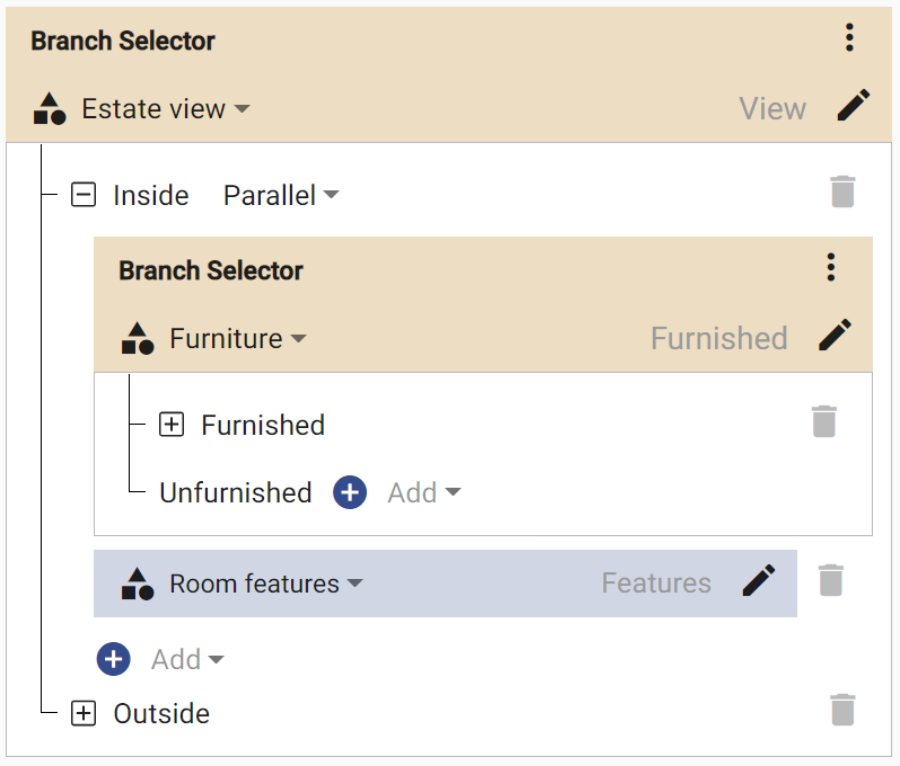
EXAMPLE: REAL ESTATE
Automatic filtering, sorting & tagging
Images can then be gradually sorted with an increasing level of precision. The first task (model) separates apartments and houses. Then, the apartments are sorted by room type, design, and furniture decor, and the houses by features such as architecture, area, garden or swimming pool.
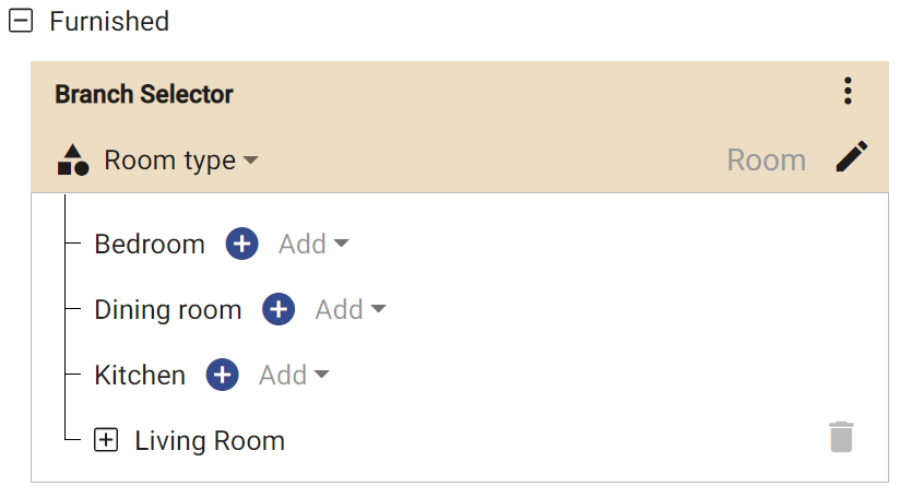
Be Ahead of the Competition
Unlimited number of images
There are no limits on number of images per model/label
Use one image for many models
You can use the same images for the training of different models
Built-in data augmentation
You don’t have to prepare or multiply the training data in advance
No paying for training time
Unlike the competition, Ximilar doesn’t charge you for the training time
No paying for idle time
The same goes for idle time – you don’t pay anything
Cashing deployed models
Image processing takes 300 ms, as opposed to 2-3 s at other platforms
TECHNOLOGY STACK
We use state of the art neural network models & machine learning techniques
Our AI is improving constantly, so you always have up-to-date technology. Each model has millions of parameters that can be processed by CPU or GPU.
Our intelligent algorithm picks and uses the best performing models. We are using the latest technologies for machine learning as TensorFlow or OpenVINO.
Frequently Asked Questions
Tips & Tricks
Get Image Recognition API Now
We take care of the complexity behind and wrap it in a few lines of code.
FULL DOCUMENTATION